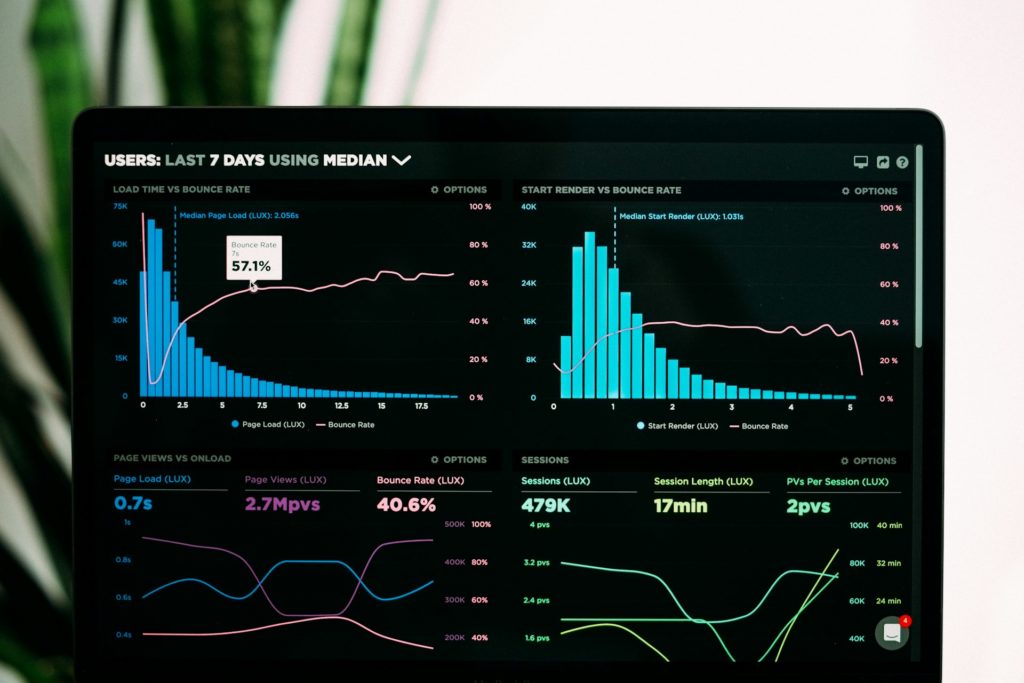
Have you ever stumbled upon a chart that made you gasp and say, “Wow, that’s crazy!”? Visualization does precisely that. It transforms dry numbers and complex information into clear, captivating visuals that tell a story. Leveraging charts, graphs, and other visual elements unlocks a world of insights that would otherwise be hidden in spreadsheets and reports. By effectively leveraging its principles, businesses can gain deep insights into trends, patterns, and correlations within their data.
Data visualization isn’t just about creating pretty pictures. Understanding trends, recognizing patterns, and making decisions based on data are all made easier with the assistance of this powerful tool. Anyone, from business professionals to scientists, can benefit from the power of visual communication. But how do you create effective visualization? Here are some best practices to follow:
Table of Contents
Know Your Audience:
Imagine you’re explaining your data to someone unfamiliar with the topic. Tailor your visuals to their level of understanding of different types of data visualization. If you’re presenting to a group of analysts, you can use more complex charts like boxplots or scatter plots. But opt for simpler visuals like bar charts or pie charts to reach a wider audience, like investors or general consumers.
Choosing the Right Chart Type:
Think of charts like tools in a toolbox. Each data visualization techniques has its strengths and weaknesses. A bar chart is fantastic for comparing different categories, like sales figures across product lines. A line chart, on the other hand, excels at showing trends over time, perfect for tracking website traffic or stock prices. Before picking a chart type, consider the kind you have and the specific message you want to convey.
Focus on Clarity and Accuracy:
A genuinely effective visual isn’t just about aesthetics; clarity and accuracy are paramount. Avoid cramming too much data into one chart, which overwhelms viewers and obscures the main point. Ensure all axis labels are clear and easy to read. Consider adding a legend to explain any symbols or colors used for complex datasets. Consistency is also vital – maintain a uniform visual style across your charts, using the same font, color scheme, and formatting for similar data points. This creates a sense of order and makes your visuals much easier to follow and navigate. Finally, remember that less is often more. While charts can be visually appealing, resist overloading them with unnecessary elements like fancy 3D effects or distracting clip art. These elements only remove the focus from the data, which should always be the show’s star.
Let the Data Shine:
Don’t let your visuals overshadow the data itself! You should fight the impulse to add bells and whistles that aren’t necessary. Make strategic use of color to your advantage in this situation. Highlight essential points or trends with a pop of color, like using a brighter shade to showcase the highest sales figure in a bar chart. But remember, color overload can be confusing. Stick to a limited palette and use it intentionally to make it the show’s star, not the background noise.
Tell a Story:
Data visualization tools are best for storytelling. Use your visuals to guide your audience through a narrative, highlighting essential trends or insights. Consider adding context, such as captions or titles, to help viewers understand the bigger picture. It is not enough to simply demonstrate it; you should also use it to tell an engaging story that strikes a chord with your audience and assists them in comprehending the broader picture.
Businesses can harness the full power of data visualization to gain actionable insights and drive strategic growth initiatives effectively. Following these best practices can transform it from dull numbers into captivating visuals that inform, engage, and inspire. So, the next time you have a complex dataset, don’t bury it in a report. Unleash its power and watch your insights come alive!

